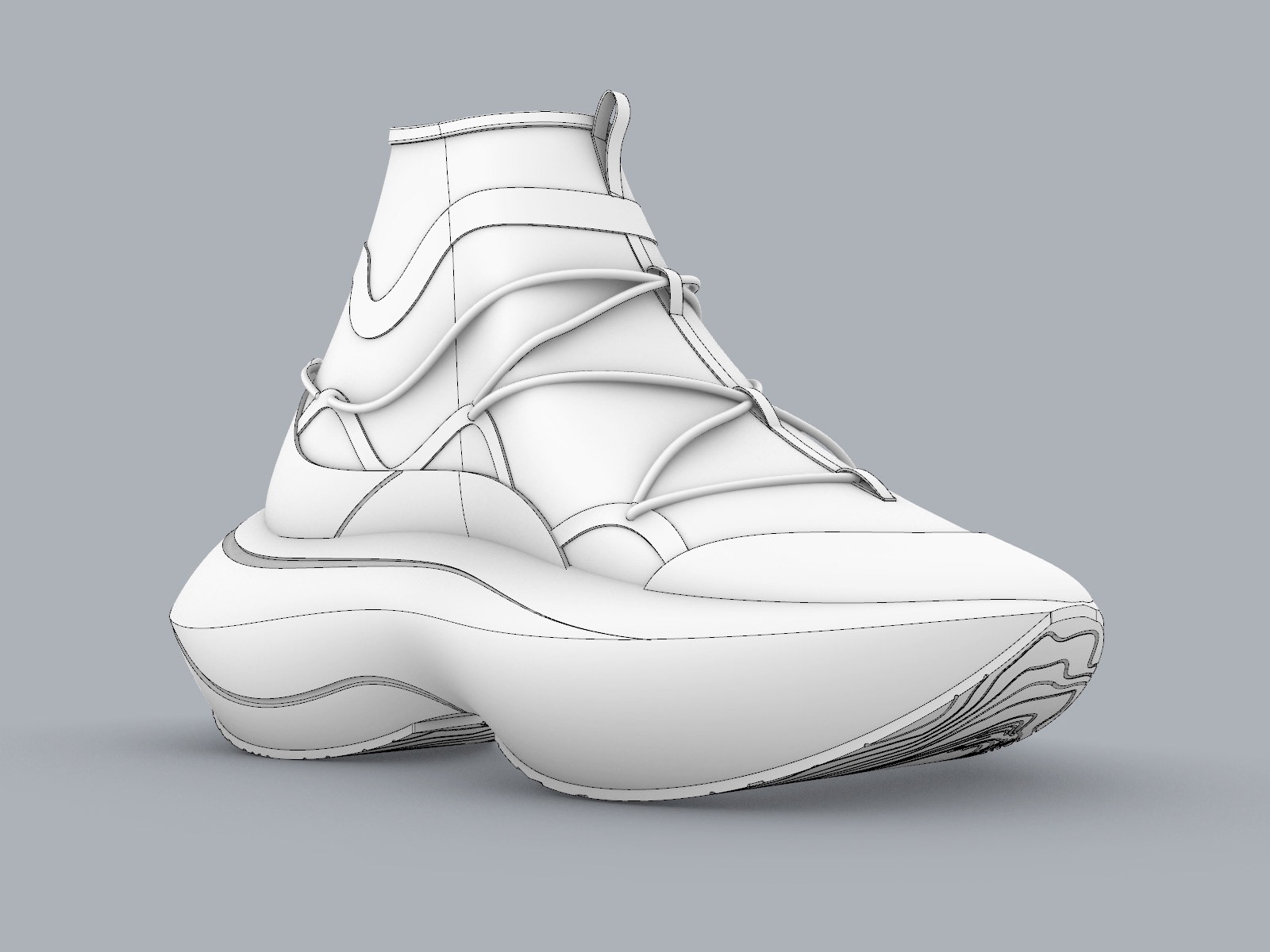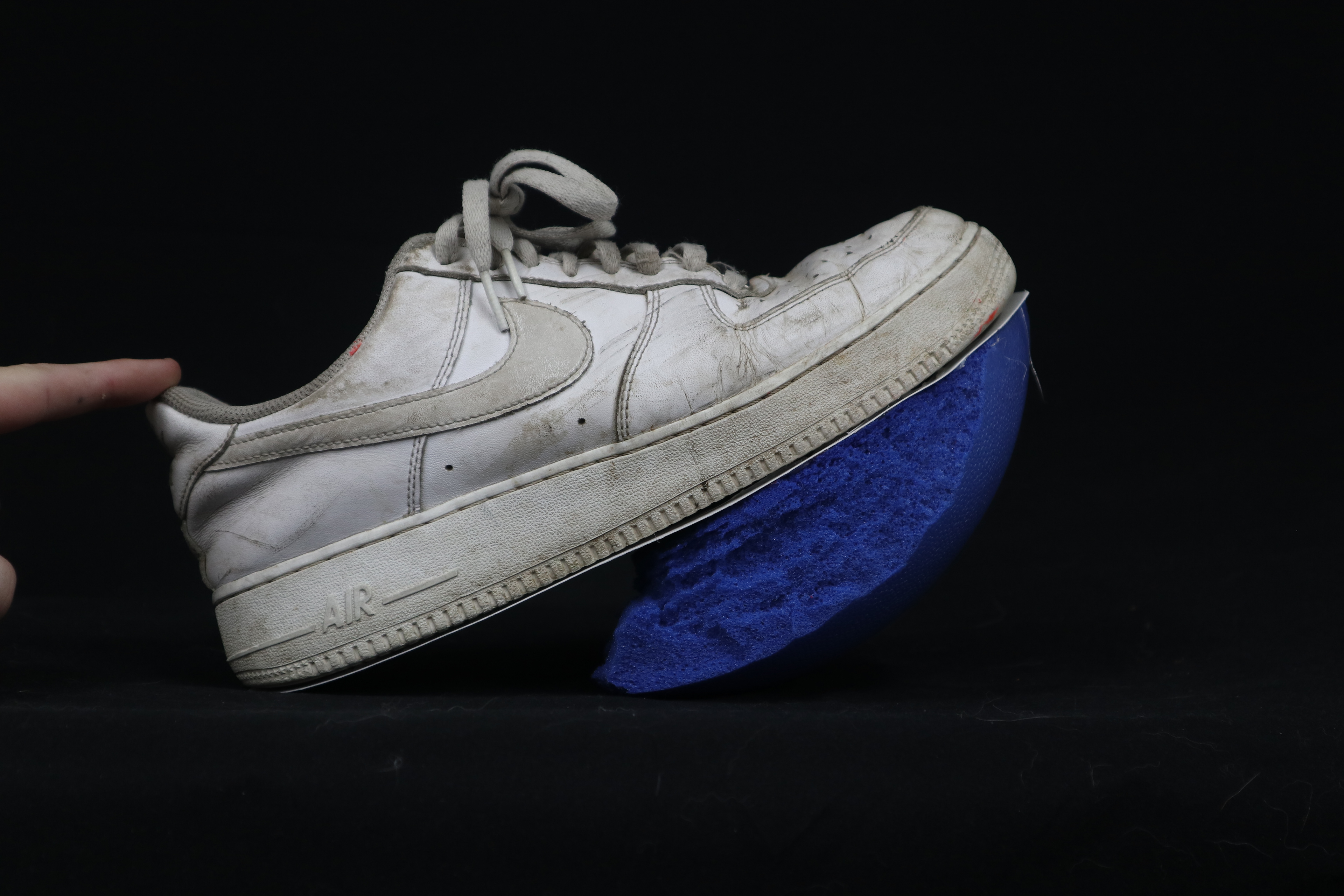"Sustainable Steps" is a visionary project dedicated to minimizing trail damage on BLM (Bureau of Land Management) trails through innovative shoe design. The primary objective was to create a pair of hiking shoes specifically tailored to reduce the impact on trails while ensuring optimal performance for outdoor enthusiasts.
Through a collaborative effort with the BLM, the entire design process was meticulously undertaken. Extensive research and testing of various shoe types and materials were conducted to find the most effective solution. After thorough exploration, "Sustainable Steps" emerged as the chosen design for its ability to displace less sediment and debris during hiking.
The key innovation of "Sustainable Steps" lies in its unique design, which significantly reduces trail damage. By displacing less sediment and debris, these shoes contribute to the preservation of trail integrity, ultimately allowing the BLM to extend the intervals between maintenance cycles.
Passion for design and footwear played a crucial role in the project's success. Drawing upon this passion, I approached the project with creativity and dedication, ensuring that every aspect of the shoes' design was meticulously considered. This commitment to excellence led to the creation of "Sustainable Steps," a shoe that not only mitigates environmental impact but also meets the diverse needs of hikers.
"Sustainable Steps" is not just a footwear project; it is a testament to the power of the design process. By focusing on design from inception to execution, the project exemplifies how thoughtful and purposeful design can address real-world challenges. It is a celebration of innovation, sustainability, and the integration of passion into the design journey.
In conclusion, "Sustainable Steps" represents more than just a pair of hiking shoes; it is a symbol of sustainable design and environmental stewardship. Through the fusion of passion for design and a commitment to trail preservation, the project has created a product that not only benefits hikers but also contributes to the long-term health of our natural landscapes.


















